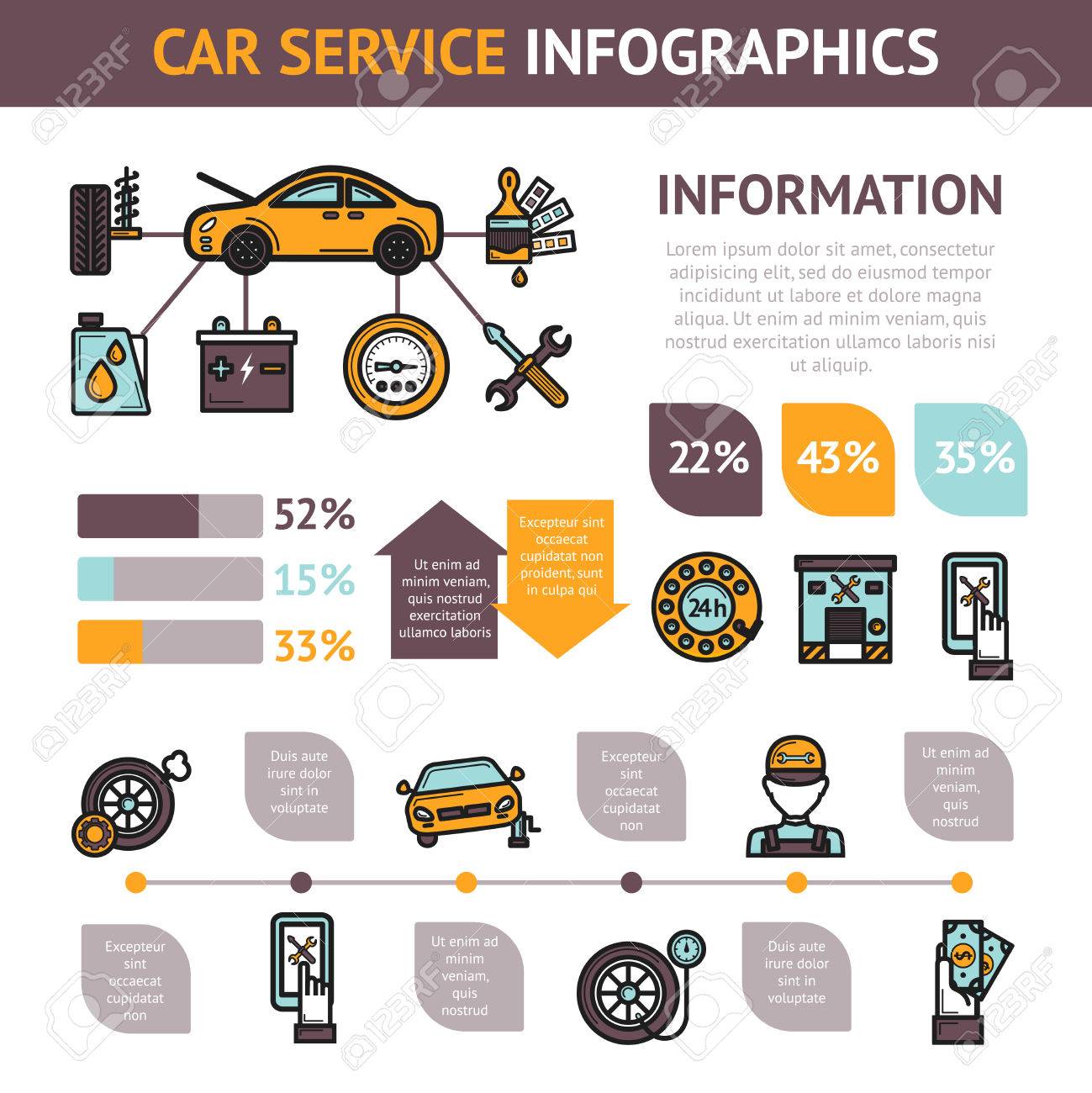Translating Your Automobile'S Alert Lighting: Their True Implications
Translating Your Automobile'S Alert Lighting: Their True Implications
Blog Article
Short Article Produced By-Faulkner Forbes
When you lag the wheel, those radiant warning lights on your control panel can be a little bit bewildering. Do mobile detailing services know what they're attempting to inform you regarding your cars and truck's health and wellness? Understanding the value of these lights is vital for your security and the longevity of your automobile. So, the next time one of those lights pops up, wouldn't you wish to decode its message precisely and take the required actions to resolve it?
Common Caution Lighting and Interpretations
Recognize common caution lights in your automobile and understand their significances to make sure secure driving.
One of the most typical caution lights include the check engine light, which signifies problems with the engine or discharges system. If this light begins, it's essential to have your automobile examined immediately.
The oil stress warning light suggests reduced oil stress, requiring immediate attention to prevent engine damages.
A blinking battery light might suggest a defective billing system, possibly leaving you stranded otherwise dealt with.
The tire pressure tracking system (TPMS) light informs you to reduced tire pressure, influencing vehicle security and fuel performance. Neglecting this could bring about harmful driving conditions.
The ABS light suggests a trouble with the anti-lock braking system, endangering your capability to quit rapidly in emergencies.
Finally, the coolant temperature advising light warns of engine overheating, which can cause extreme damages otherwise settled promptly.
Comprehending these typical caution lights will certainly assist you attend to issues quickly and maintain risk-free driving problems.
Value of Prompt Focus
Comprehending the typical caution lights in your car is just the first step; the significance of promptly resolving these cautions can't be stressed enough to guarantee your safety when traveling.
When a warning light brightens on your control panel, it's your cars and truck's way of communicating a potential issue that requires attention. Overlooking these warnings can result in extra serious troubles down the road, endangering your safety and security and potentially costing you more in repairs.
Motivate focus to cautioning lights can stop malfunctions and accidents. For example, a blinking check engine light could show a misfire that, if left unattended, might create damage to the catalytic converter. Addressing this immediately can save you from an expensive repair.
In a similar way, a brake system advising light could signal reduced brake fluid or used brake pads, crucial components for your safety and security when driving.
DIY Troubleshooting Tips
If you notice a caution light on your dashboard, there are a few do it yourself troubleshooting pointers you can attempt prior to looking for specialist help.
The primary step is to consult your cars and truck's handbook to comprehend what the particular caution light indicates. Occasionally the concern can be as straightforward as a loosened gas cap causing the check engine light. Tightening the gas cap may deal with the trouble.
An additional common issue is a low battery, which can cause numerous advising lights. Examining the battery links for deterioration and ensuring they're safe may repair the trouble.
If a caution light persists, you can try resetting it by detaching the cars and truck's battery for a couple of mins and afterwards reconnecting it. Furthermore, inspecting your car's liquid levels, such as oil, coolant, and brake fluid, can help fix alerting lights related to these systems.
Final thought
Finally, understanding your vehicle's warning lights is vital for keeping your automobile running smoothly and securely. By without delay addressing these alerts and recognizing what they mean, you can stay clear of pricey repairs and potential breakdowns.
Keep in mind to consult your cars and truck's guidebook for particular details on each advising light and do something about it as necessary to make sure a trouble-free driving experience.
Keep informed, stay secure when driving!
